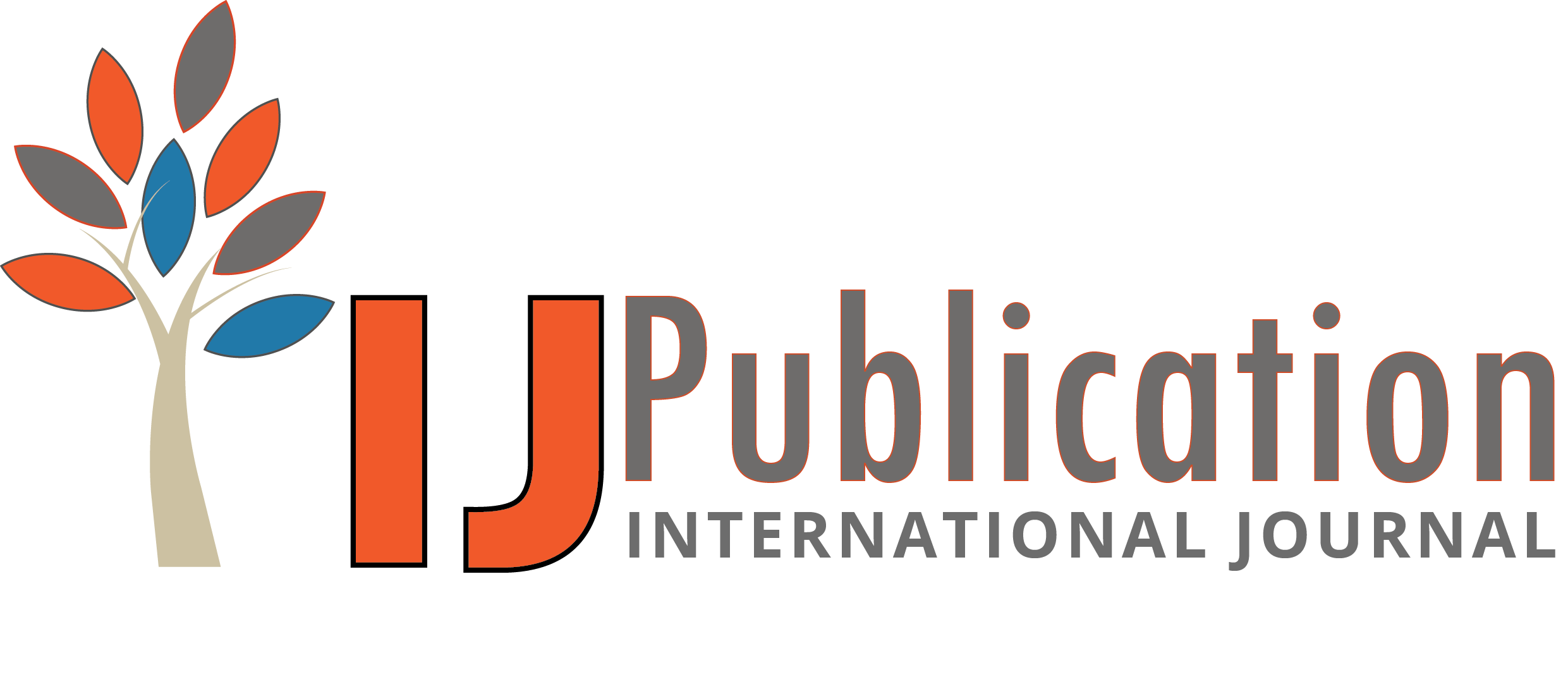Vanitha Sivasankaran Balasubramaniam Reviewer
10 Oct 2025 09:41 AM
 Approved
Approved
Relevance and Originality The research article introduces a highly relevant and original concept that addresses a fundamental challenge in modern data architectures—ensuring data integrity and availability in lakehouse platforms. The innovation behind Self-Healing Lakehouse Manifests is both timely and impactful, as it presents a proactive solution to handle inconsistencies in object stores. The introduction of an autonomous control plane for real-time monitoring and repair represents a significant leap forward in data reliability engineering. By incorporating cutting-edge techniques such as Merkle tree-based verification and Bayesian drift prediction, the research pushes the envelope in both technical sophistication and practical applicability. The approach holds significant promise, particularly for organizations relying on large-scale data lakehouses for mission-critical applications.Methodology The methodology adopted in this research is highly appropriate for the objectives set forth. The use of cryptographic verification, predictive analytics, and atomic repair operations offers a robust framework for addressing inconsistencies in lakehouse platforms. The article outlines a structured implementation roadmap, focusing on minimizing operational risk while delivering incremental improvements, which shows a thoughtful consideration of practical challenges. However, while the technical methods are well-described, there could be more clarity on how the system performs in real-world environments with varying degrees of complexity, such as large-scale deployments or during high-frequency data operations. Additional empirical validation, perhaps through case studies or performance metrics, would further strengthen the practical relevance of the methodology.Validity & Reliability The findings presented in the research seem robust, with a solid foundation in cryptographic techniques and predictive models that enhance the reliability of the system. The multi-layered design—spanning real-time change detection, Merkle tree-based verification, and Bayesian drift prediction—ensures that the architecture is well-equipped to handle various failure scenarios. However, there are some uncertainties regarding the system's scalability and resilience in highly dynamic, high-volume environments, especially under unpredictable loads or more extreme failure conditions. The paper would benefit from more detailed stress testing or real-world case studies to reinforce the claims of resilience. Additionally, a more thorough discussion of the limitations and edge cases would provide a more balanced view of the reliability and generalizability of the approach.Clarity and Structure The article is generally well-structured and readable, with each section logically building on the previous one. The complex technical content is broken down effectively, making it accessible to readers with varying levels of expertise in data reliability and lakehouse architectures. However, at times, the depth of technical detail could overwhelm less-experienced readers. For instance, while Merkle trees and Bayesian prediction methods are central to the research, a more thorough explanation of these techniques—perhaps with practical examples—would improve clarity. The flow from problem identification to proposed solution and implementation is smooth, but more attention could be paid to summarizing key takeaways or potential challenges in the conclusion, which would help reinforce the main points of the research.Result Analysis The analysis of the proposed solution’s effectiveness is comprehensive, particularly in demonstrating how the architecture maintains data integrity and availability across various failure scenarios. The incorporation of autonomous maintenance mechanisms and sophisticated isolation strategies ensures that data lakes can maintain transactional integrity even during unexpected failures. However, the research could benefit from more quantitative analysis or benchmarking to back up the claims of enhanced resilience, particularly in comparison to existing solutions. The article provides a strong theoretical and conceptual foundation but would be more convincing with empirical evidence or a clearer framework for testing the proposed system in real-world settings. Additional insights on potential performance trade-offs and long-term maintenance requirements could further solidify the findings.








Vanitha Sivasankaran Balasubramaniam Reviewer